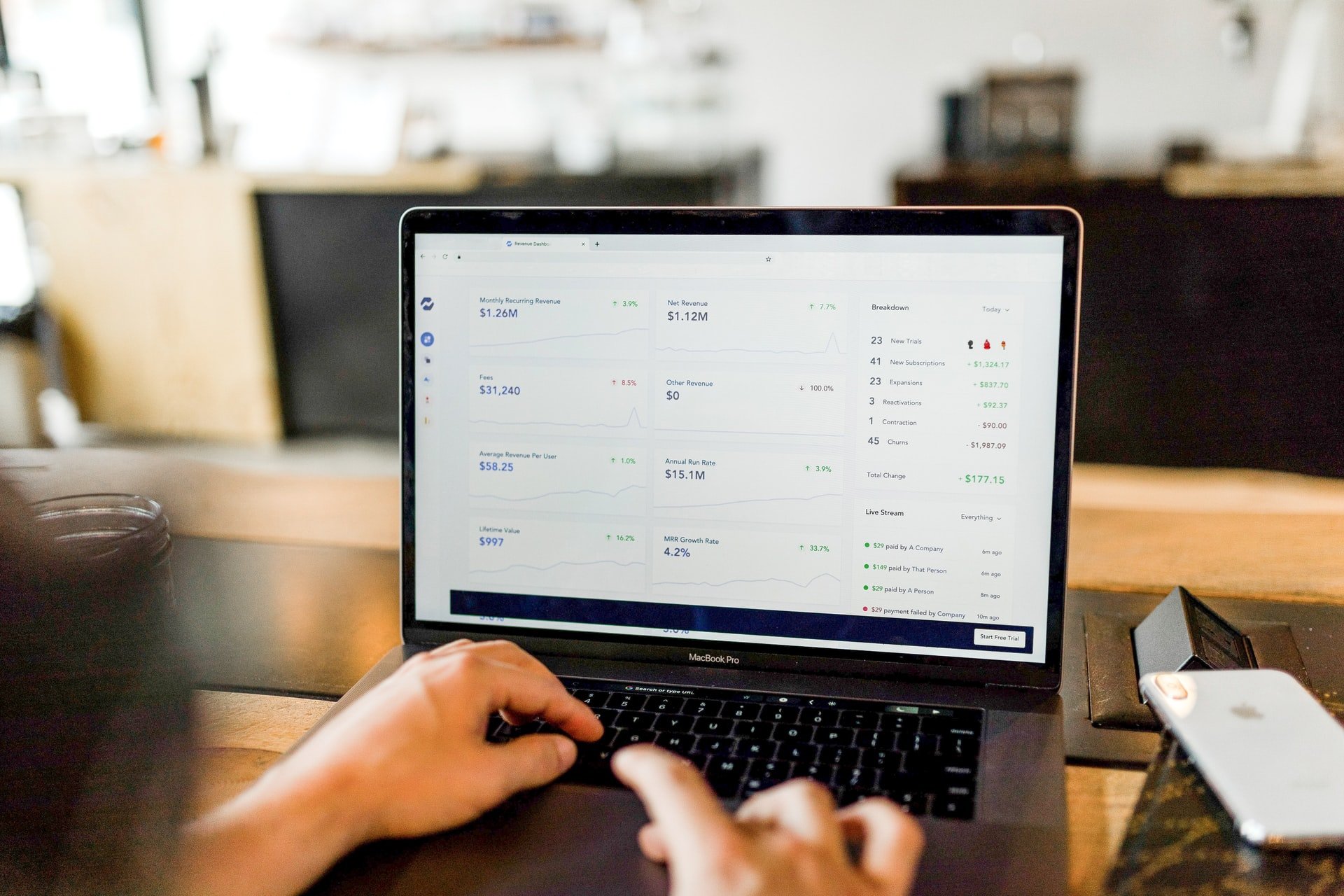
Cost of an ERP System for Growth-Focused Businesses
Suppose you are a growth-minded business owner interested in utilizing the power of implementing Enterprise Resource Planning (ERP) software. In that case, the costs associated with the implementation of SAP cloud ERP software may have crossed your mind.
ERP systems can boost growth-focused organizations with increased agility, flexibility for adapting to ever-evolving market needs, and access to data analysis. This is how ERP software benefits growing businesses; however, what is the true cost of running an ERP software solution for your business?
The True Costs of an ERP System for Businesses
1. Specifications
Every growth-focused business is different, and its needs, requirements, and software utilization can range dramatically. ERP systems aim to improve efficiency, value, business intelligence, and agility, but they come with a cost.
Most ERP Software-as-a-Service (SaaS) companies will typically evaluate your business and give you a quote on the pricing based on your specific requirements in that regard, so there might not be a definitive answer to this question, although some services might feature static pricing models. ERP implementations can cost anywhere from tens to hundreds of thousands of dollars for mid-sized businesses looking for a cloud ERP solution.
2. On-Premise Costs Surrounding Hardware
Typically, you will need to establish a new IT infrastructure as a means of supplementing the on-premise ERP, which can cost thousands of dollars, as well. What growth-focused businesses need to do in order to evaluate the costs associated with doing this is to evaluate their current hardware assets against the recommendations given by the vendor. They will be responsible for implementing their servers, managing hosting, monitoring updates, and even performing maintenance, so businesses must ensure they have the right equipment.
3. Data Migration Costs
Data Migration is yet another aspect to consider regarding the costs associated with implementing an ERP system. The newest business intelligence systems will open doors to new technologies as well as opportunities; however, data migrations still play a major role here as they are required when moving data from one data silo to another. This is a crucial part of the process, especially for those re-platforming.
4. Modules and Customization
It’s important to note that additional modules or customizations made for a specific business might lead to future costs that are not included within the platform's starting price. Within most starting plans, you will typically be exposed to pricing that covers the basic functions, such as inventory tracking or customer relationship management.
Most providers will allow you to build out your own custom system with add-ons that can create additional functionalities regarding accounting, human resource planning, in-depth reporting, and so on.
5. Ongoing ERP Costs
Another cost that cannot be understated is the operational cost associated with ERP. These costs can vary depending on whether you choose a perpetual or subscription-based license. These ongoing costs will typically make up the bulk of the ERP expenditures over the lifecycle of your platforms.
6. Technical Troubleshooting
If a business is planning on implementing the ERP system on-premise, they will require access to a dedicated IT support staff as a means of monitoring the system and addressing any of the challenges that come their way. These challenges will lead to a change in personnel costs.
7. System Training
The ERP vendor you choose will provide you with basic system trading in most cases at the point in time when you make the purchase. However, they will typically charge you more when it comes to advanced usage training within their system, so ensure that you also consider this when calculating the cost.
8. Benefits of Subscription Plans
There are two main types of plans: perpetual licensing, which is an ongoing license to host the ERP platform on-premise that is paid for with a one-time licensing fee, as well as a subscription plan.
In a subscription plan, payments are made monthly, quarterly, or annually, which grants access to functions based on the pricing subscription tier. Subscription plans are best for those who value simplicity as well as ease of access within the ERP implementation.
ERP Costs: Cloud ERP vs. On-Premise ERP
Cloud ERP solutions generally present a different cost structure compared to on-premise systems. On-premise ERP requires significant upfront capital expenditure for hardware, software licenses, and implementation, along with ongoing costs for maintenance, IT staff, and infrastructure upgrades. Cloud ERP typically operates on a subscription model. This means lower initial investment and more predictable, recurring operational expenses.
Although the long-term total cost of ownership (TCO) can sometimes be debated, especially for very large, stable organizations with extensive customization needs, cloud ERP often offers significant savings by eliminating the need for in-house servers, IT maintenance, and the associated utility and physical security costs.
The benefits of automatic updates and scalability, makes cloud ERP a more agile and potentially more cost-effective option for many growth-focused businesses.
Conclusion
ERP implementations have their fair share of costs. The costs associated with implementing an ERP system for businesses can vary based on a company’s specific needs, requirements, payment plan, and ongoing costs. Of course, it’s important to remember that each ERP system provider will have its own pricing chart, which may differ when compared to average cost data collected throughout the years.
Learn more about SAP ERP solutions and ERP cost for growth-focused organizations by contacting one of our experienced ERP consultants at (801) 642-0123 or by writing us at info@nbs-us.com.